Project Category: Mechanical

Final Design (CAD Model) 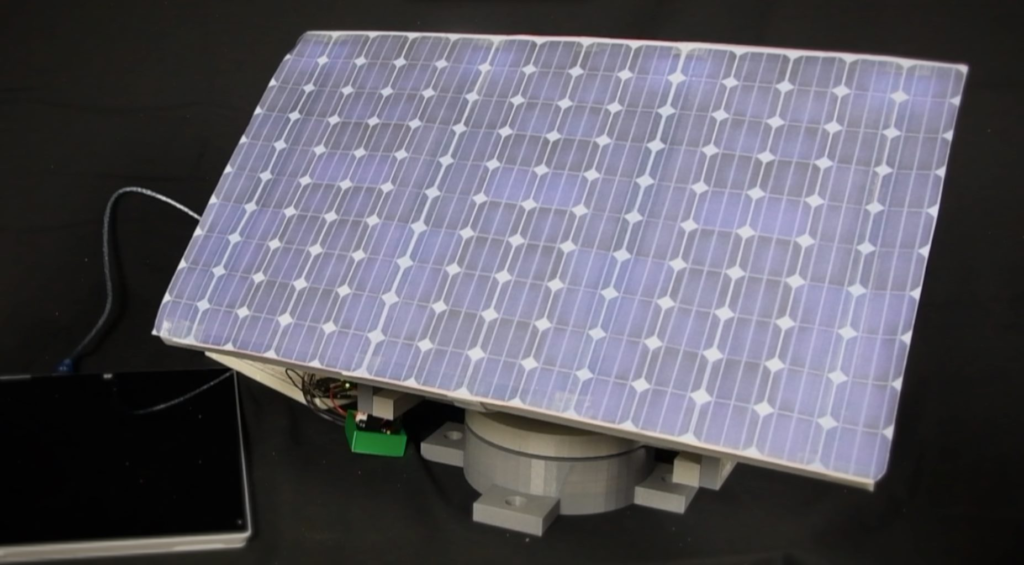
Prototype Design (3D-printed)
Join our presentation:
About our project
Renewable energy provides almost 20% of Canada’s total primary energy supply, and solar photovoltaic energy is the fastest-growing electricity source industry in Canada. With the ongoing transition towards renewable energy, we have created an innovative mount for an industrial solar panel that can be used on solar farms and other wide-scale applications.
This mount rotates in response to the sun along two axes and increases the net annual energy production of this industrial panel by 15-30% (in comparison to a stationary panel). It is also economically feasible and has the capacity to make up to (and possibly more than) $25,000 over 15 years.
Meet our team members

Jose Pedreanez 
Dylan Anderson 
Ayomide Bamgbose 
Bradley Gow
Project Advisors
Course Instructors: Dr. Simon Li / Min-hyung Lee
Supervisor: Dr. Ahmad Ghasemloonia
Project Sponsor
Shell: Shell Experiential Energy Learning (SEEL) Program
Funding: ~$1000
Details about our design
Will rotating a solar panel in response to the sun’s position increase its net annual energy production?
Design Problem / Rotating solar panel design
Design Specifications
Axis 1 (360° rotation at 0.570 RPM)
Axis 2 (90° rotation at 0.964 RPM)
Proposed Panel Location
Selected Panel: Canadian 310W 60-cell Solar Panel
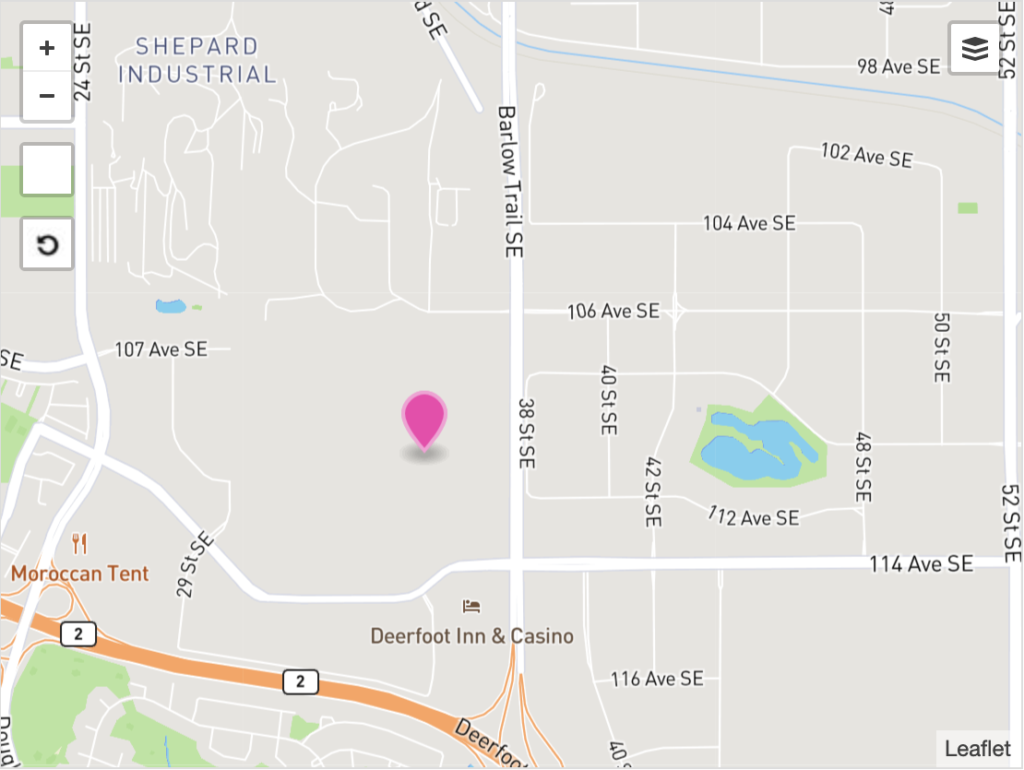
Latitude: 50.96°, Longitude: -113.99°
Control System Design
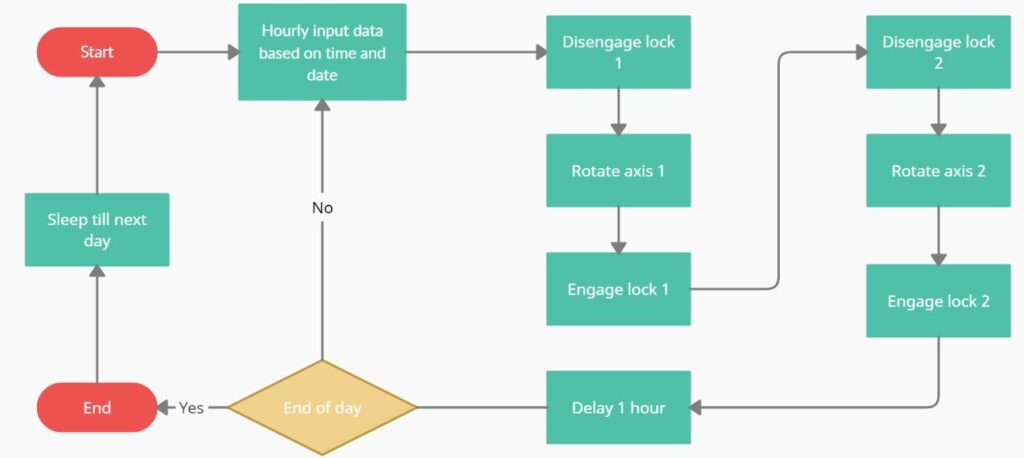
General control system block diagram
The control system (implemented with the ARDUINO Elegoo UNO R3) is used to control the motion of the solar panel along each axis. It takes in geographical solar data from 2020 as an input. Lock 1 and 2 correspond to Axis 1 and 2, respectively.
Control system code [SAMPLE]
A sample of the code used for a given day in the year (C programming language)
////////// Set up global data //////////
// Times: 9,10,11,12,13,14,15,16
int azimuths_axis1[8] = {0,145,155,170,185,200,215,0};
int altitudes_axis2[8] = {0,10,15,15,15,15,10,0};
// startTime, endTime, activeTime, sleepTime
int times[4] = {10,16,6,8};
// Set up time/day variables (times/days)
int currentTime, currentDay, startTime, sleepTime;
int count = 0; // initial value
// Set up axis variables
int axis1Angle, axis2Angle;
////////// Start the process //////////
void start(){
printf("Setting up today's parameters!\n");
// set global variables
currentDay = 0;
printf("%s%d \n", "Current day: ", currentDay);
printf("%s%d \n", "Count: ", count);
currentTime = times[0];
printf("%s%d \n", "Current time: ", currentTime);
sleepTime = times[3];
printf("%s%d \n", "Sleep time: ", sleepTime);
startTime = times[0];
printf("%s%d \n", "Start time: ", startTime);
// Run the code for the day
printf("\nStarting a new day!\n");
while(endOfDay(currentTime) == 0){ // while NOT at end of the day
// run locking + unlocking sequences
lockUnlock(1);
lockUnlock(2);
// delay for one hour (updates the current time)
delay();
// Update current time!
printf("%s%d \n", "Current time is now: ", currentTime);
}
printf("(Day has ended). \n\n");
sleep(currentDay);
}Mechanism Design & Prototyping
A simulation of the final design mechanism on January 1st is shown on the left, and a short video of the prototype is given on the right.
Frequently Asked Questions
Project Applicability and Feasibility
How does our design address practical issues?
- Many Canadian cities, such as Calgary, have the potential for solar energy application, and almost 50% of Canada’s residential electricity requirements could be met by installing solar panels.
- Research shows that rotating solar panels can increase the net energy production by up to 40%.
- This project increases the annual power production of an industrial solar panel by 21% (on average), and can be applied on an industrial scale (e.g., solar farms).
Design Innovation
What makes our design innovative?
Our design is compact, multi-axial, and implements unique locking and rotary mechanisms to ensure the sturdiness and effectiveness of our project. The locking mechanism (designed based on park-pawl mechanism) is shown on the right.
Design Effectiveness
What makes our design solution effective?
This design produces an average of 21.4% more power than its stationary counterpart, and (not including initial setup costs) has an extremely low operating cost (<$100 annually):
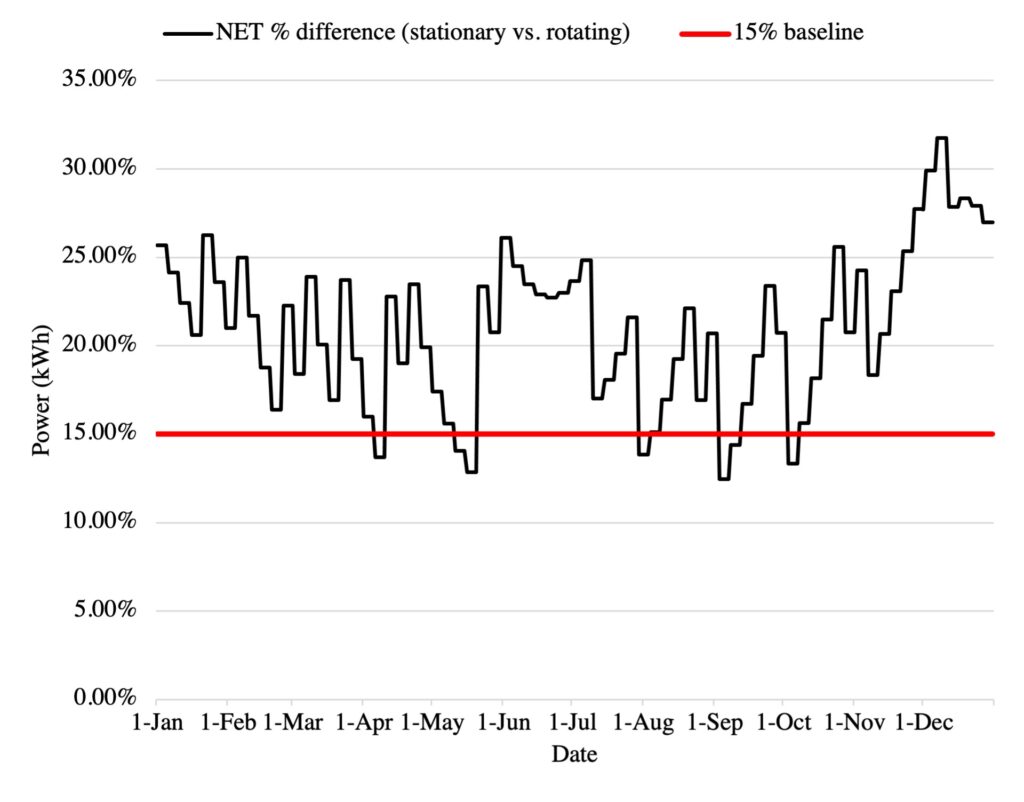
Design Validation
How did we validate our design solution?
The rotating panel consistently produces more power than the stationary panel throughout the year (assuming that the year is 2020). These power values are calculated by considering the solar radiation, irradiation, location, and inclination angle of the panel.
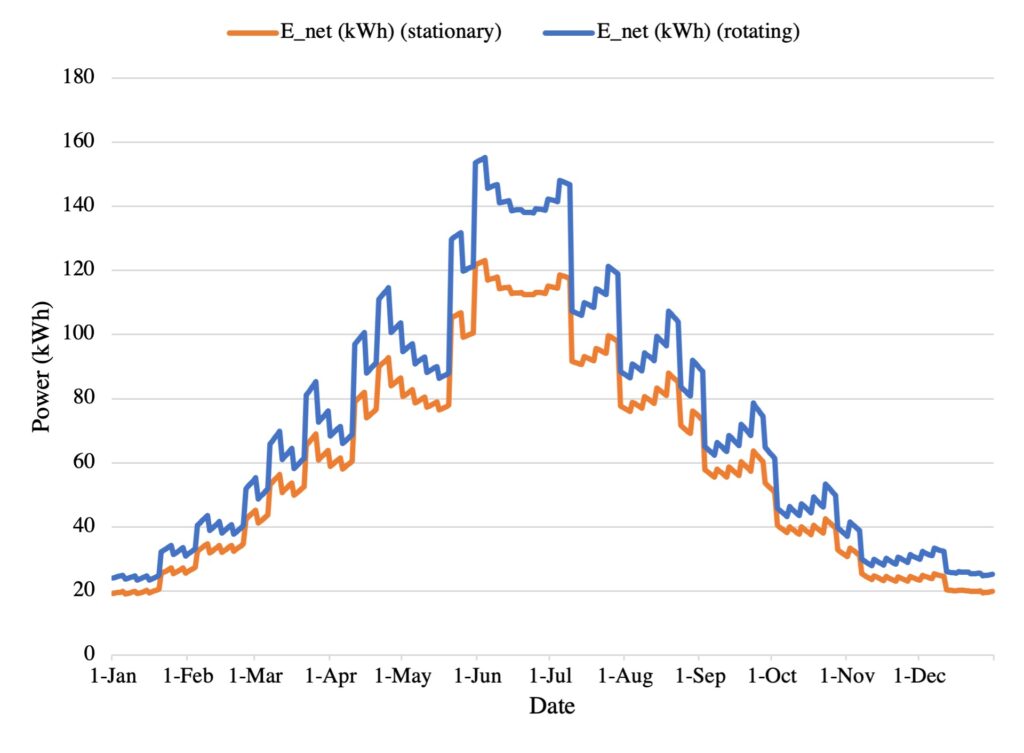
Design Feasibility
How did we confirm the feasibility of our design solution?
The profit projection of this panel over a 14-year period is shown below. The annual profit is calculated by using the monthly rate per kilowatt-hour ($/kWh) in Calgary from 2006 to 2020.
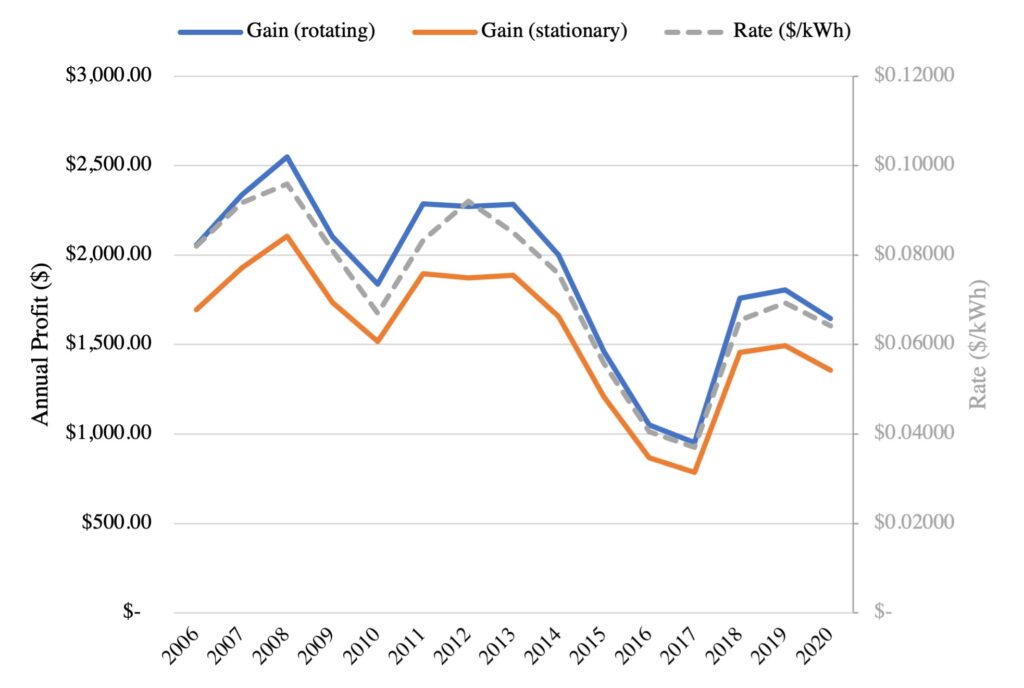
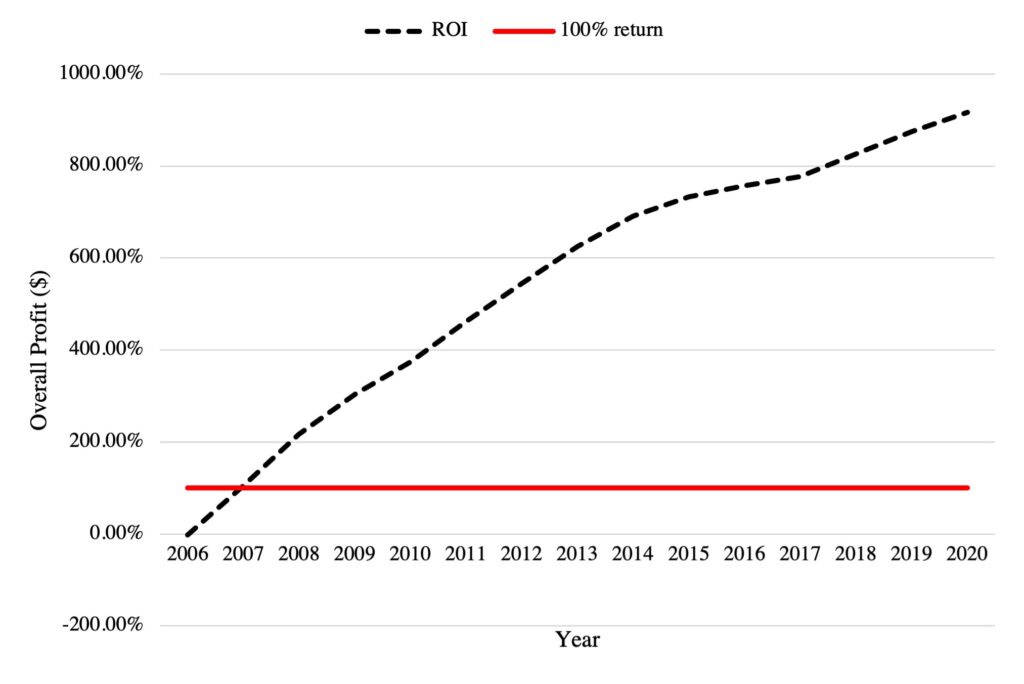
Partners and Mentors
We want to thank the many people who have helped us with this project. We would like to acknowledge Shell for providing the funding for this project through the SEEL Program. Our mechanical engineering professor Ahmad Ghasemloonia guided us through the process with patience and great advice. Our course instructor Simon Li and teaching assistant Min-hyung Lee provided invaluable insights and support in our many meeting throughout the academic year.
Project Photos
This section includes a compilation of key images from the conceptual to final design stages of this project.
Initial Drafts
Initial sketches and drafts of our proposed design solution (Fall 2020)
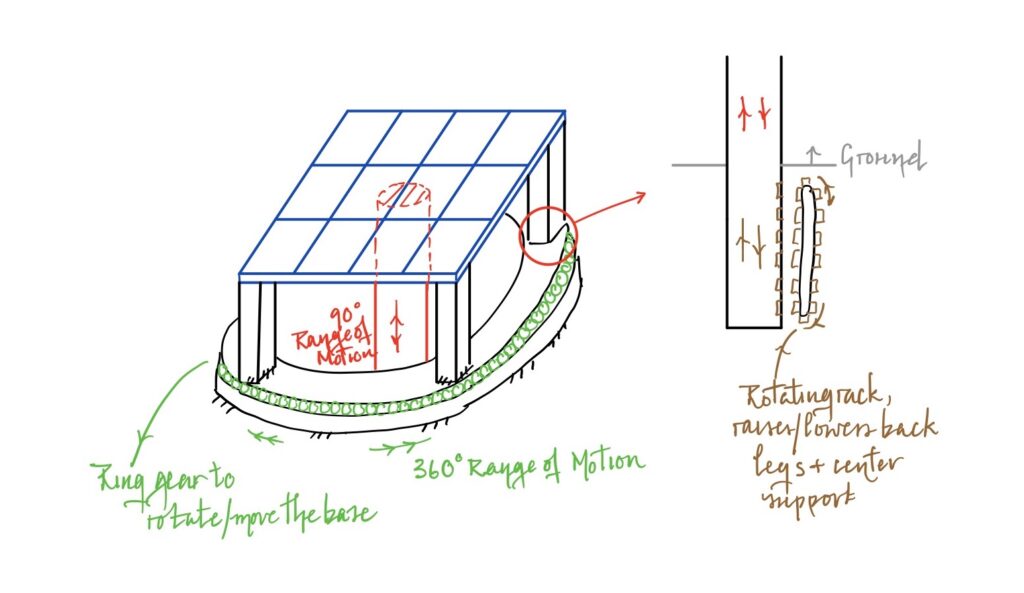
Rotating base design 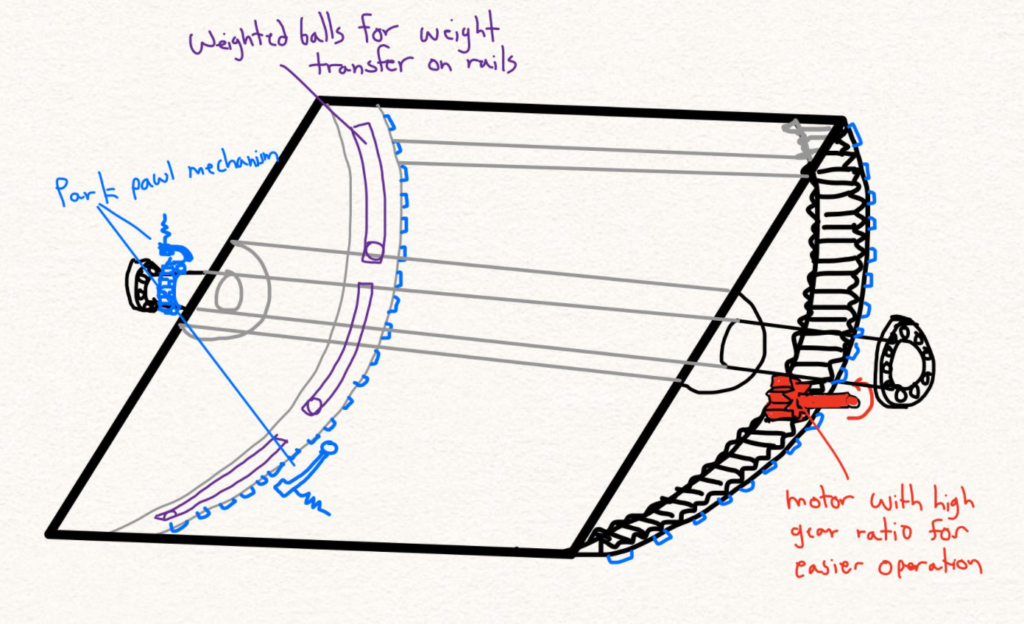
Concentric half-cylinder design 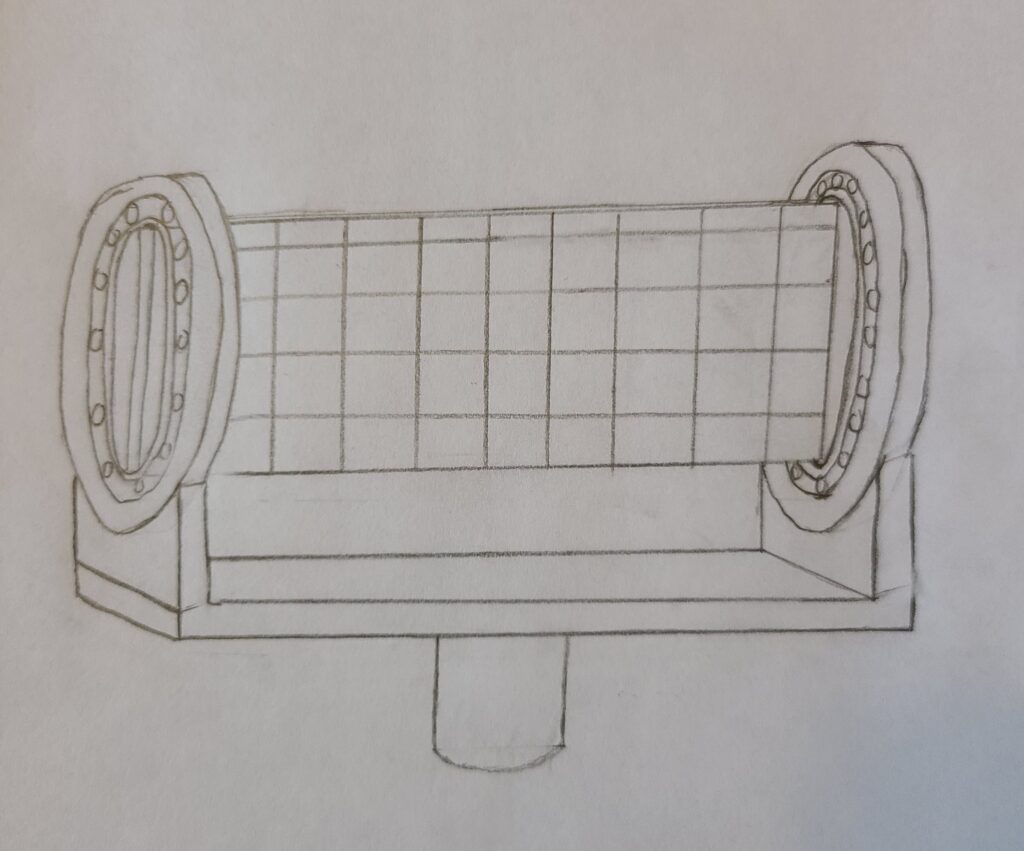
Concentric cylinder design 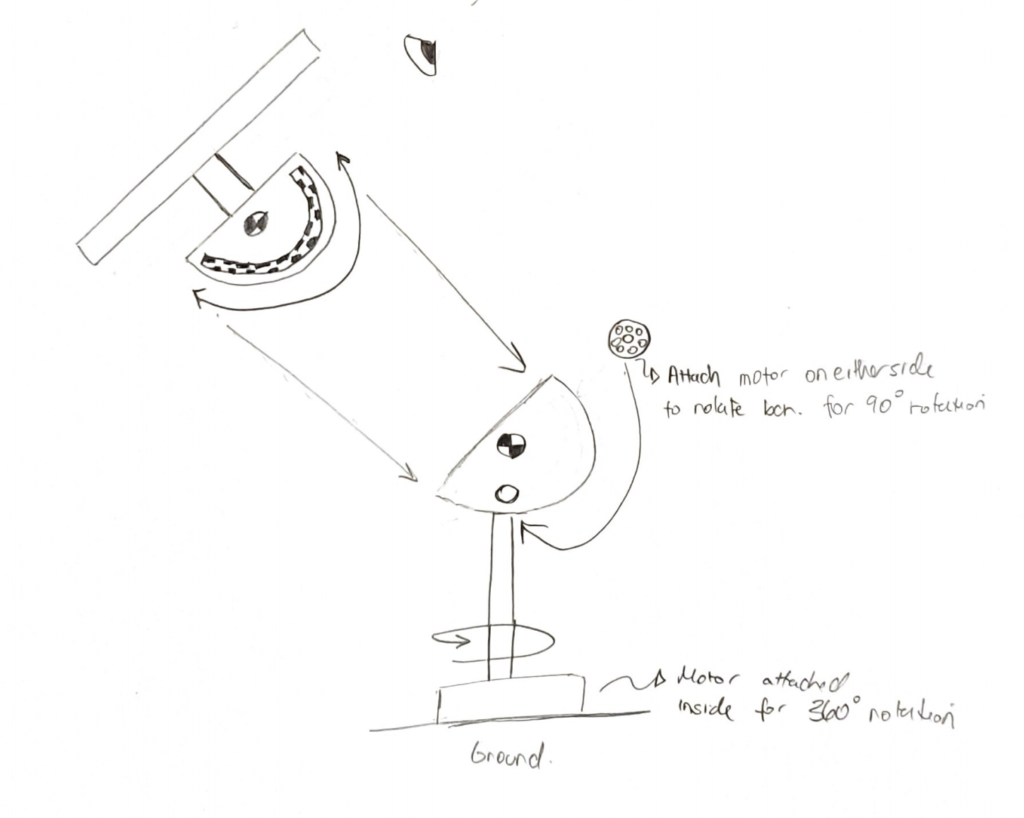
Concentric cylinders + rotating base design 
Axis 1 (red) and Axis 2 (yellow) ranges of motion
Initial Design Solution
The first draft(s) of the design solution (Fall 2020)
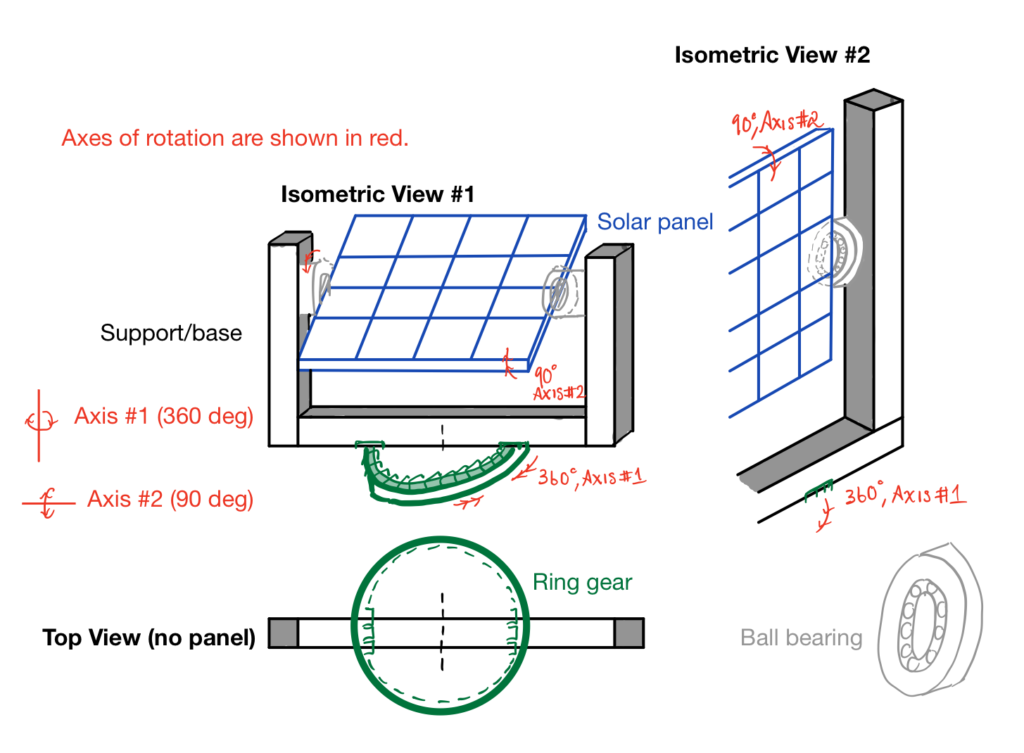
Rotating base design 
CAD Model drawing
Additional Media
Addition draft(s) of the design solution (Winter 2021)

Design mounting mechanism 
Lighter version of Fall 2020 design solution 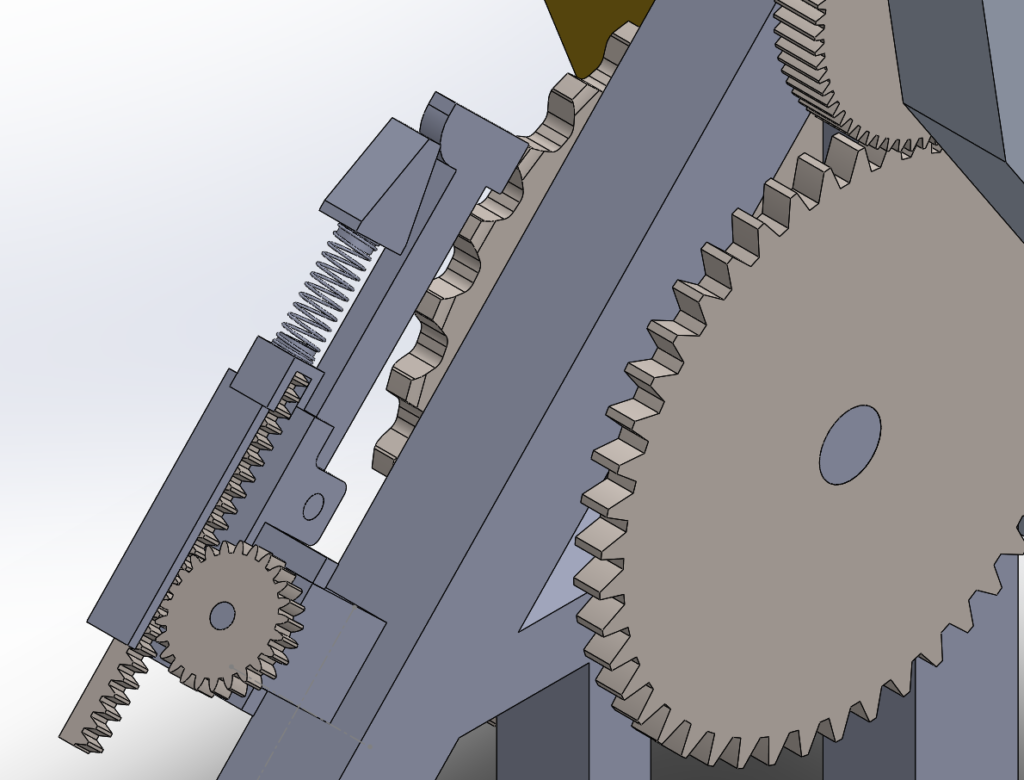
Locking mechanism (Axis 2) – isometric view 
Locking mechanism (Axis 2) – side view
Detailed Drawings
The final design solution and detailed design drawings (Winter 2021)
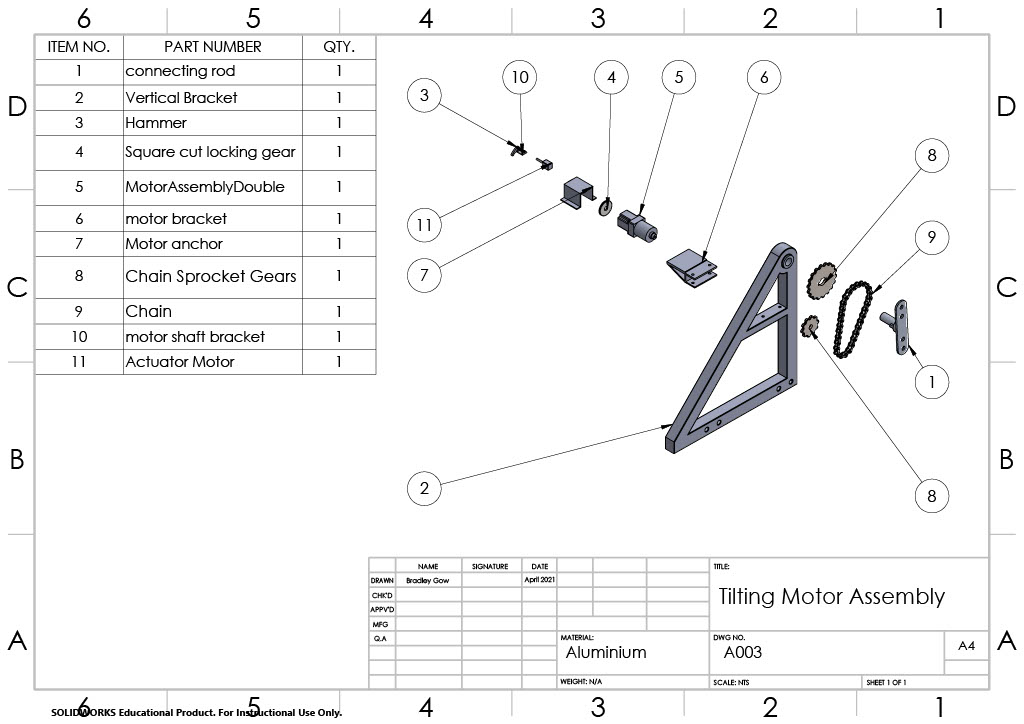
Axis 2 Assembly 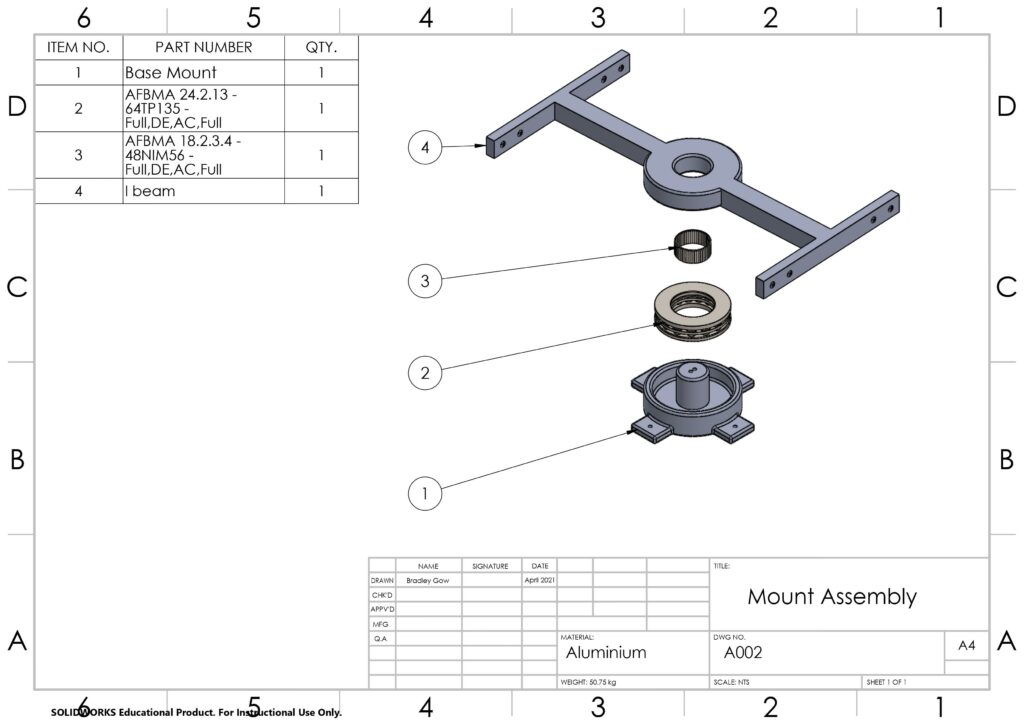
Axis 1 Assembly 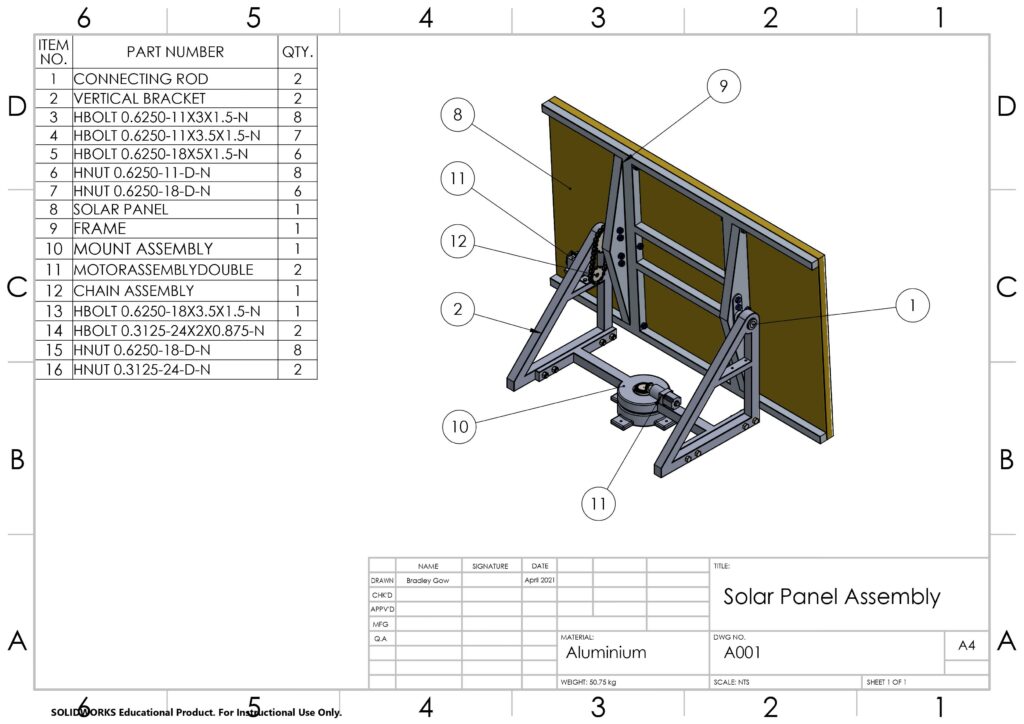
Full Assembly
Prototype
The prototype of the design solution
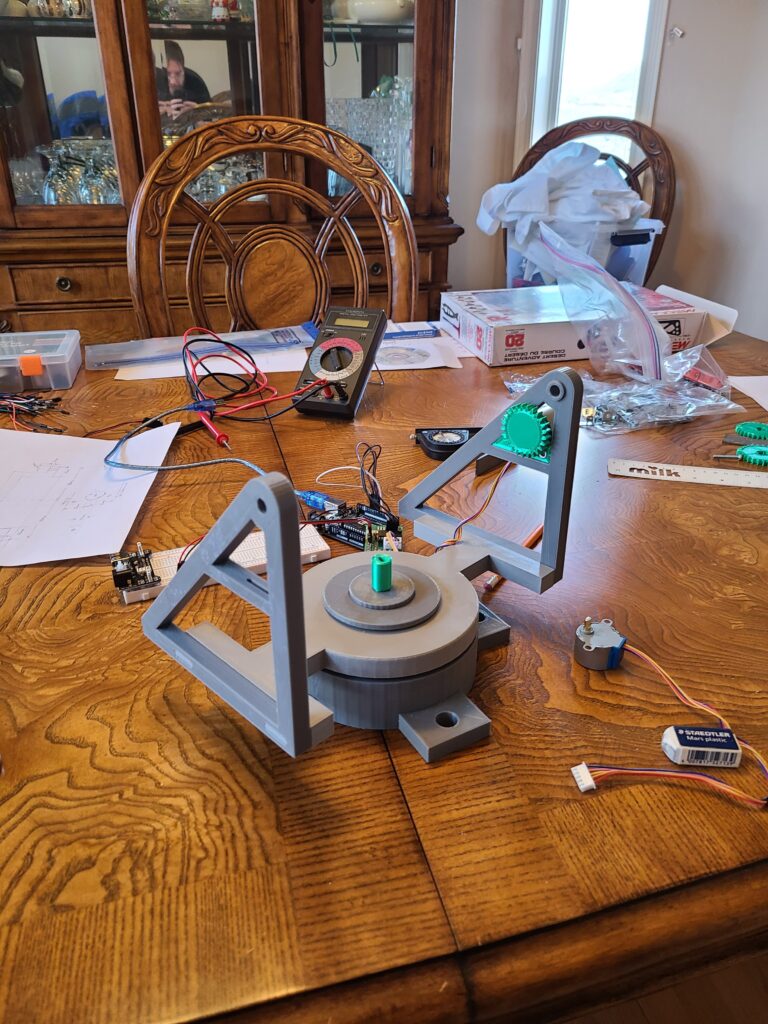
Full base assembly 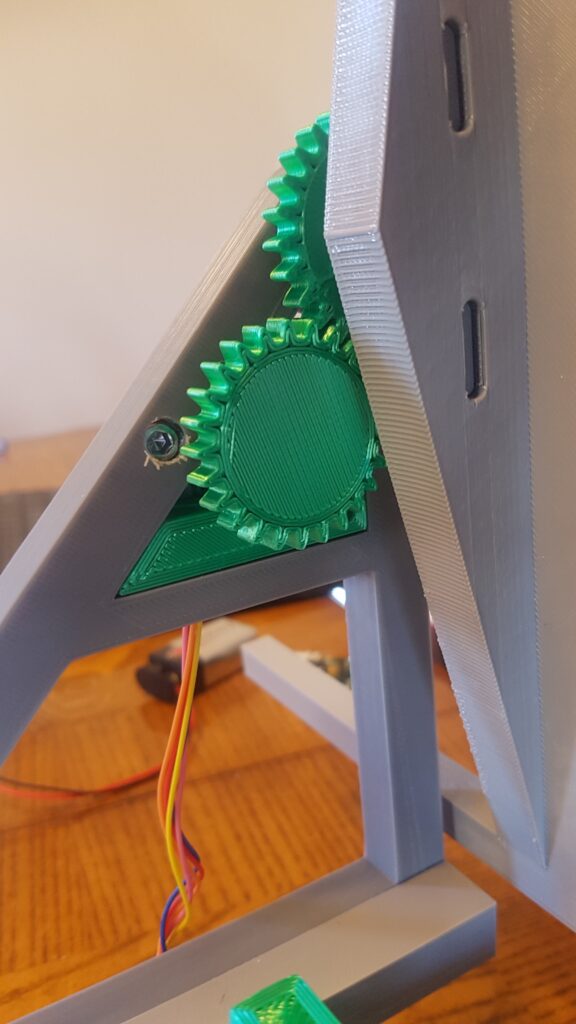
Axis 2 (gear only alternative) 
Axis 1 ( motor attachment) 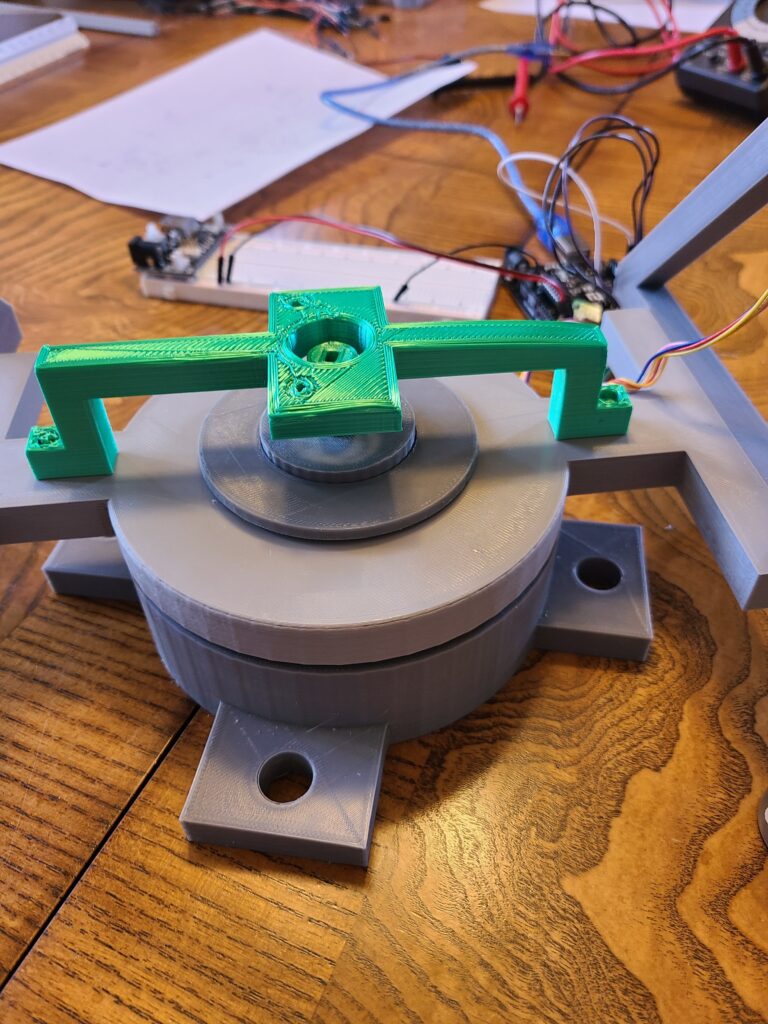
Mounting 
Solar panel (cardboard version) 
Axis 1 (mounting and motor)
Thank you for reading about our project!
